
Thinking on Education: Women’s Important Contributions to the STEM Fields
As educators all around the nation celebrate women’s roles in history this month, we want to highlight women’s contributions to the STEM fields.
STEM education — or the emphasis on science, technology, engineering and math — is a hot topic in the industry. Tech leaders in every state are working towards coding and computer engineering classes for students all the way down to the elementary level.
Many of these leaders — through SheTech experiences and Girls Who Code events — focus on capturing the imagination of young women and girls. More girls need to realize women have been in every aspect of STEM fields almost since their beginnings.
Chemistry and Physics
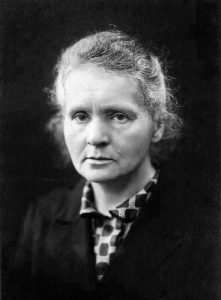
Marie Curie, Wiki Commons
Marie Curie, 1867-1934, was the first woman to win the Nobel Prize, and the only woman to win two Nobel Prizes in two different disciplines: one for chemistry and one for physics.
The Polish-French scientist is most famous for her work on radioactivity with her husband, Pierre Curie. But she also discovered two elements, polonium and radium.
Curie also broke education barriers. After her husband’s death in 1906, she was appointed to his vacant professorship and was the first woman to teach at the Maison de Sorbonne. According to Brittanica, she also founded medical research centers in Paris and Warsaw.
Edith Clarke, 1883-1959, earned her master’s degree in electrical engineering at MIT in 1919 — the first such degree awarded to a woman there. One of her job titles was “Computer.” Before the machines we know today, people were the computers of the past.
Clarke worked at AT&T and GE. While at GE, she analyzed and calculated mathematical models for transmission lines, and wrote many research papers on power distribution.
Clarke accomplished a number of firsts in her day. According to the Edison Tech Center, she was the first female electrical engineering professor in the United States. She also was the first woman to present a paper before the American Institute of Electrical Engineers, and later was the Institute’s first female fellow.
Engineering Design
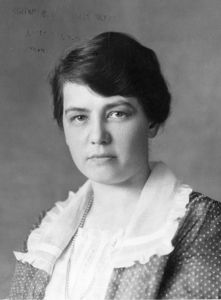
Olive Dennis, Wiki Commons
Olive Dennis, 1885-1957, was the nation’s first service engineer. She is most famous for riding the rails of the B&O railroad, traveling millions of miles in order to improve the rail traveler’s experience.
Dennis earned her master’s degree in civil engineering at Cornell, and, according to Atlas Obscura, was only the second woman to do so. Dennis started with the railroad as a draftsman, designing bridges. Soon she moved into her design engineering role, where she improved all aspects of rail travel. Through her research, she redesigned the trains’ chairs, windows and sleeping cars; and updated dining cars, restrooms and food offerings.
She was the first woman to become a member of the American Railway Engineering Association.
Mathematics
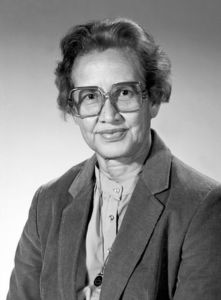
Katherine Johnson, Wiki Commons
Before the 2016 movie, “Hidden Figures,” very few people appreciated the contributions of Katherine Johnson, 1939-1956; Dorothy Vaughan, 1910-2008; and Mary Jackson, 1921-2005. But without these women, America might not have even been a contender in that era’s race to space.
Johnson spent more than 30 years calculating flight paths for America’s spacecraft. She is most famous for calculating the flight path for Freedom 7 in 1961, which sent the first U.S. astronaut into space. According to Brittanica, her calculations were so accurate that John Glenn asked her to verify the electronic computer’s calculations before his own flight orbiting the Earth.
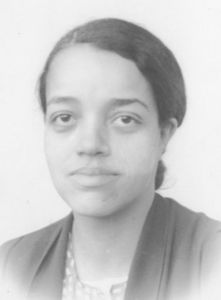
Dorothy Vaughan, Wiki Commons
Vaughan was NASA’s first African American manager. She oversaw the female computers of the segregated West Area Computing Unit. Their work contributed to the success of the early space program. According to NASA, engineers highly valued her recommendations and often requested that she personally handle challenging assignments.
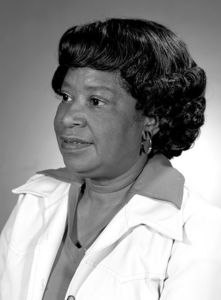
Mary Jackson, Wiki Commons
She went on to author numerous research reports. She also made a significant impact on the hiring and promotions of the next generation of female scientists.
Space
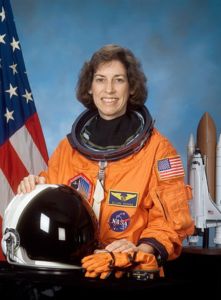
Ellen Ochoa, Wiki Commons
Ellen Ochoa, born in 1958, was the first Hispanic female astronaut. She was also the first Hispanic — and second female — director of the Johnson Space Center. According to NASA, she went to space four times from 1993 to 2002. She logged almost 1,000 hours in orbit.
Ochoa earned NASA’s highest award, the Distinguished Service Medal. She also earned the Presidential Distinguished Rank Award, as well as many other awards throughout her career. She has six schools named for her.
Discovering More
These are just a few women who made unique contributions to the STEM fields — there are many, many others. Though less prominent in some
textbooks, women are a part of history — from fossils to fission, and disease management to software development.
Students everywhere are lucky to have teachers who help them discover these women throughout history.